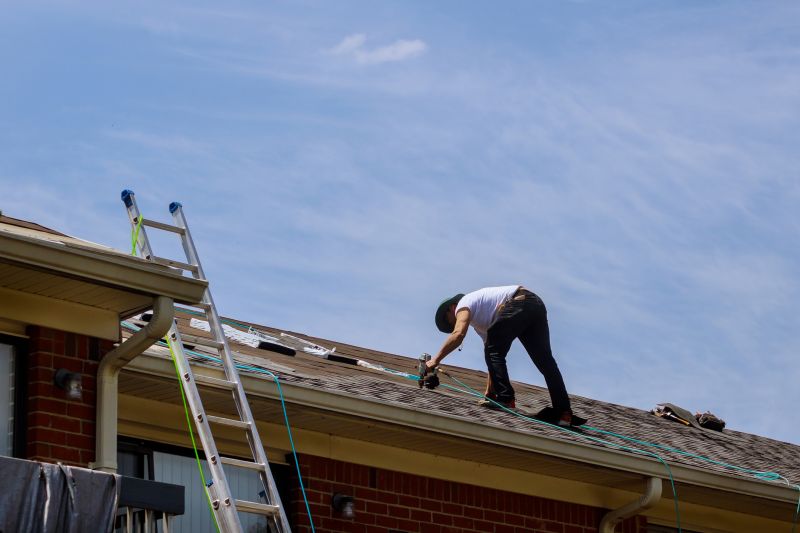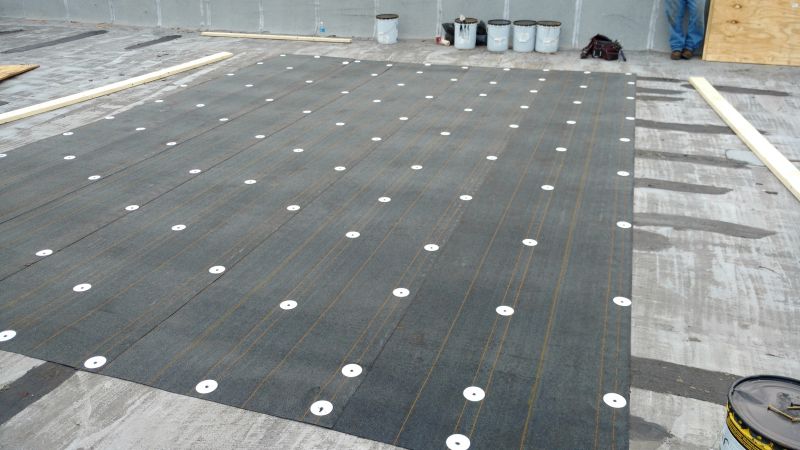Optimal Timing for Roofing Services
Understanding the optimal timing for roofing service can ensure the longevity and effectiveness of repairs or installations. Weather conditions, temperature, and seasonal factors all influence the best period to undertake roofing work, minimizing disruptions and maximizing quality.
Spring offers moderate temperatures and longer daylight hours, ideal for roofing projects. It allows for thorough inspections and repairs before the heavy summer heat or winter conditions.
Summer provides warm, dry weather, suitable for extensive roofing work. However, high temperatures can pose challenges, requiring early morning or late afternoon scheduling.
Fall is often considered the best time for roofing, with cooler temperatures and less rain. It prepares roofs for winter and avoids the peak storm season.
Winter is generally less ideal due to cold temperatures, snow, and ice, which can hinder roofing work and affect material performance. However, in milder climates, certain repairs can still be performed.

Spring is suitable for thorough roof inspections after winter storms.

Warm weather allows for efficient installation and repairs.

Preparing roofs for winter ensures durability and protection.

Ways to make Roofing Service work in tight or awkward layouts.

Popular materials for Roofing Service and why they hold up over time.

Simple add-ons that improve Roofing Service without blowing the budget.

High-end options that actually feel worth it for Roofing Service.

Finishes and colors that play nicely with Roofing Service.
| Season | Optimal Timing |
|---|---|
| Spring | Ideal for inspections and repairs before summer. |
| Summer | Suitable for extensive projects in dry, warm weather. |
| Fall | Best for preparing roofs for winter conditions. |
| Winter | Limited to mild climates; some repairs possible. |
Roofing service encompasses a range of activities including inspections, repairs, replacements, and maintenance. Proper timing ensures these services are performed under optimal conditions, reducing risks of delays or compromised work quality. Seasonal considerations are crucial; for example, performing roofing repairs during dry months helps prevent water intrusion and material issues.

Summer's dry conditions facilitate efficient repairs.

Fall inspections identify issues before winter.

Assessments during mild winter days can be beneficial.

Spring is ideal for replacing aging roofs.

Little measurements that prevent headaches on Roofing Service day.

A 60-second routine that keeps Roofing Service looking new.

A frequent mistake in Roofing Service and how to dodge it.

Small tweaks to make Roofing Service safer and easier to use.
Choosing the right time for roofing service can extend the lifespan of a roof and improve its performance. Weather patterns and seasonal temperatures directly impact the quality and durability of roofing work. Proper planning and scheduling with experienced professionals can lead to better results and fewer disruptions.
For those interested in scheduling roofing service, it is recommended to contact professionals during the appropriate season to ensure optimal results. Proper timing can help avoid weather-related delays and ensure that repairs or installations are completed under ideal conditions.

